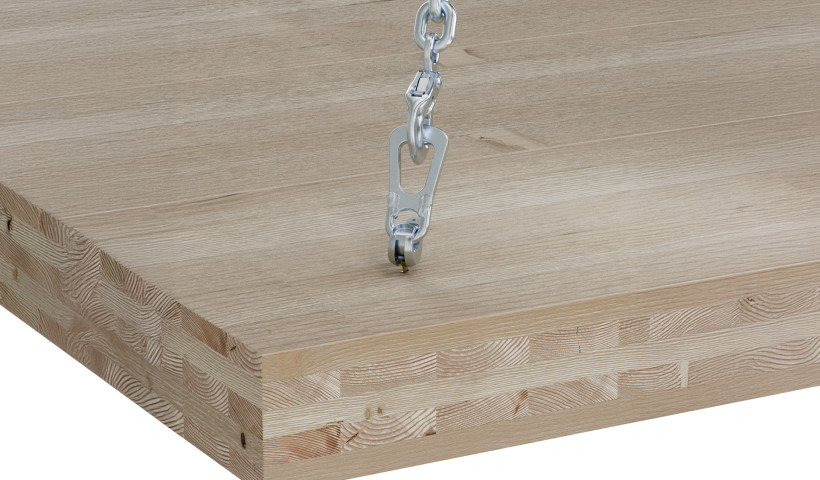 NEW
NEW
Climate change has been an emerging issue for the planet and humans in recent years, and the New Zealand government is doing its part to try and meet net zero carbon targets by 2050. This impacts the building industry as it has been estimated that buildings are directly and indirectly responsible for up to 20% of New Zealand’s greenhouse gas emissions.
The Ministry of Business, Innovation and Employment (MBIE) published a Building for climate change programme proposal in 2020, it highlights that “One of these key areas is the Building and Construction Sector”.
According to BRANZ, “Greenhouse gas emissions from our buildings arise from manufacture and transport of the materials used in construction…” as well as from various in-service demands by building occupants.
There are lots of challenges ahead of the building industry on how we design buildings to reduce their carbon footprint. That means we need to take carbon footprint from a life-cycle perspective, which includes design, build, transportation, ongoing maintenance, and end-of-life of the building. To achieve this, better solutions are needed to design and build safer and stronger structures and minimise in-service maintenance costs, as well reductions of its carbon footprint during construction.
A Case Study published on EBOSS by Simpson Strong-Tie outlines the introduction of specific heavier duty connectors and Anchor Tiedown System (ATS) components required for timber mid-rise and medium-density housing (MDH) developments using light timber frame construction in New Zealand.
As mid-rise and MDH structures rapidly gain popularity particularly in the residential sector all over New Zealand, Simpson Strong-Tie’s Strong-Rod system has been the dominant structural system of choice by engineers in achieving a continuous load path for shearwall overturning restraint.
These light timber frame mid-rise structures benefit from the sustainable advantages that wood as a locally grown and manufactured renewable building material can provide over other primary building material choices. Further, Simpson Strong-Tie’s ATS Strong-Rod launch in New Zealand now provides designers with a light timber frame alternative typically utilising standard sawn framing timber that requires less manufacturing, as well as less volume of raw material, than Engineered Wood Products in Mass Timber Construction.
The Strong-Rod ATS is also well suited to off-site manufactured wall panels, part of a cost-effective prefabricated building method that can offer its own sustainable benefits, and Strong-Rod obviously aligns with Simpson Strong-Tie’s safer stronger structures philosophy aimed at improving long term, in-service performance and hence reduced maintenance or repair costs.
All these benefits impact on overall sustainability and reduce the carbon footprint of the building industry.










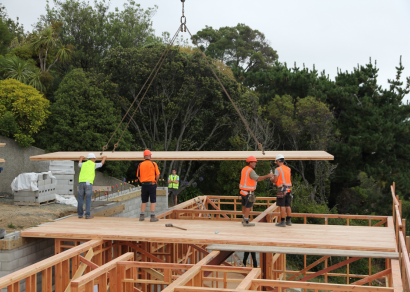

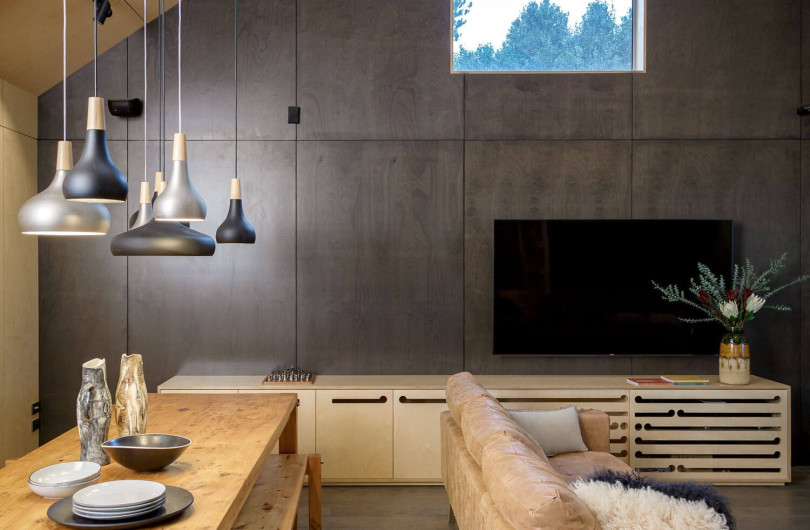
 Case Studies
Case Studies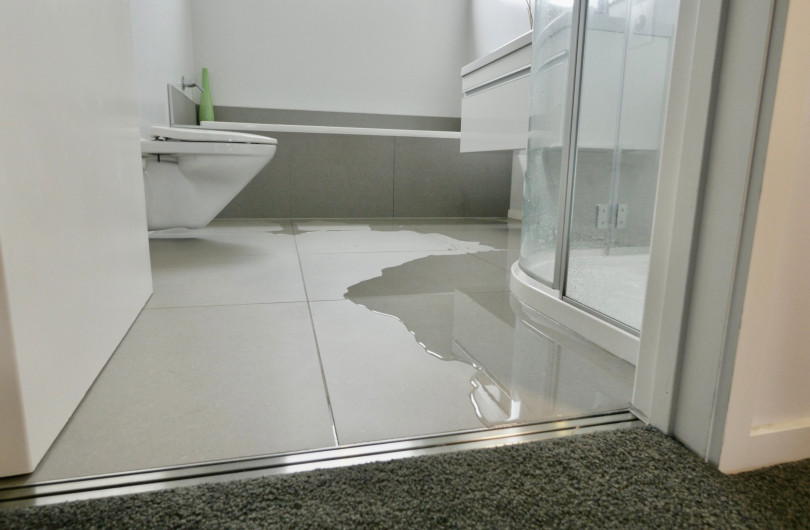
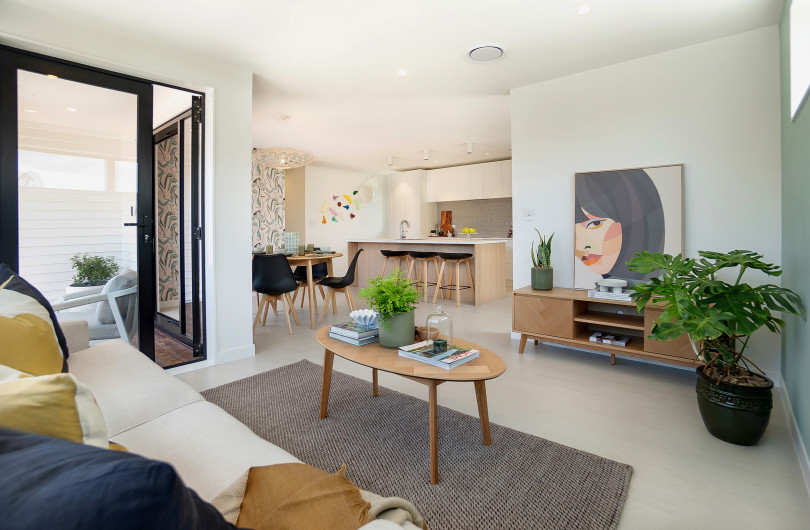


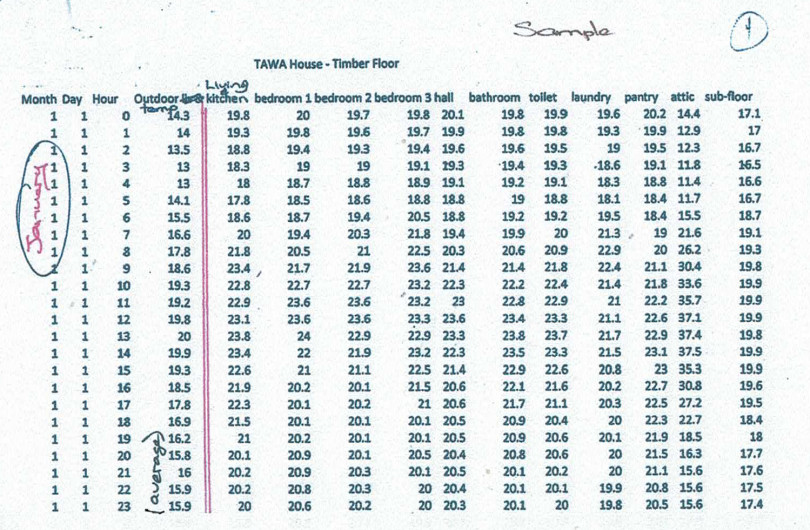




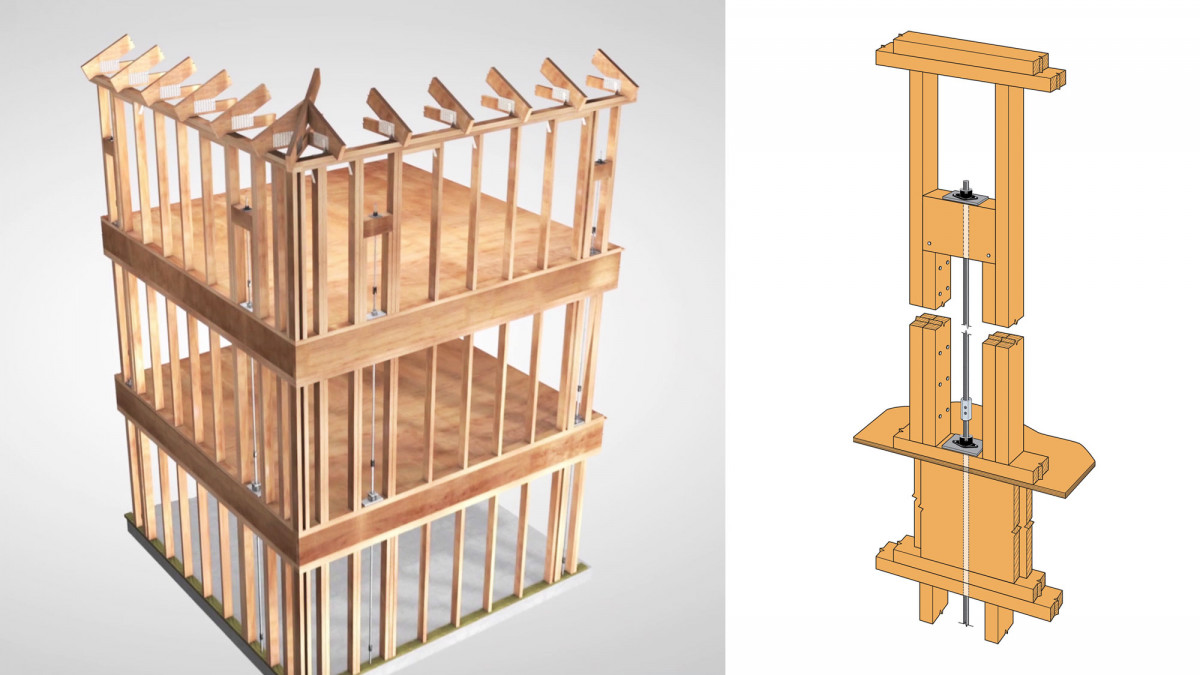
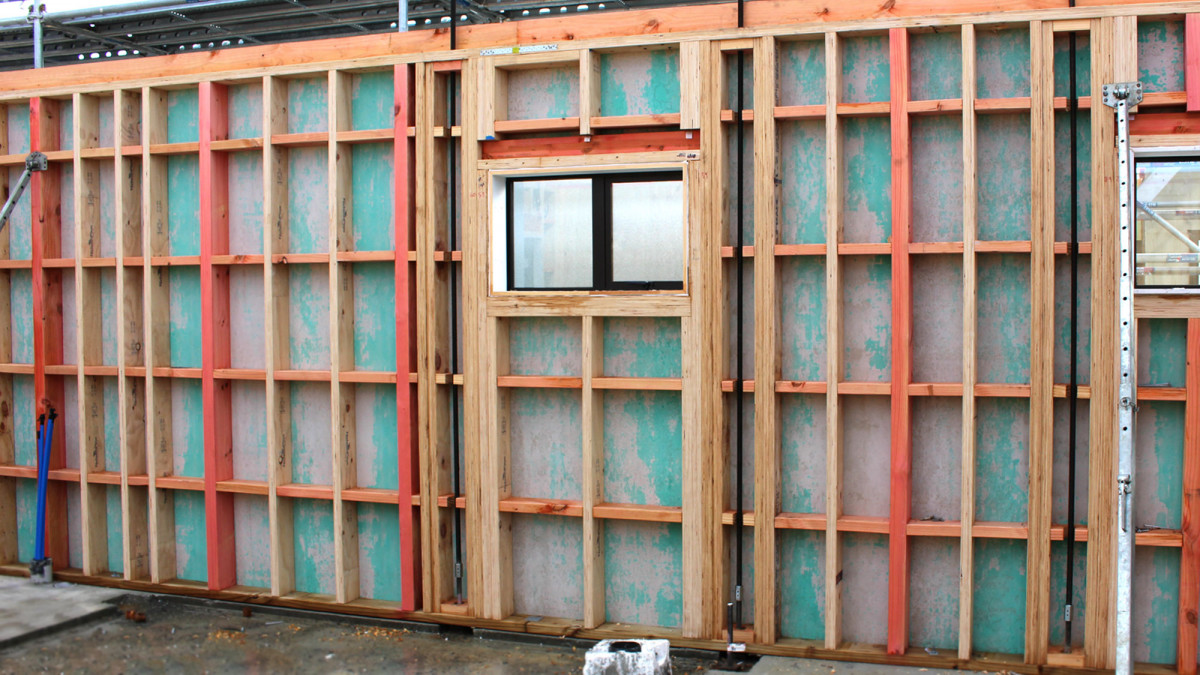
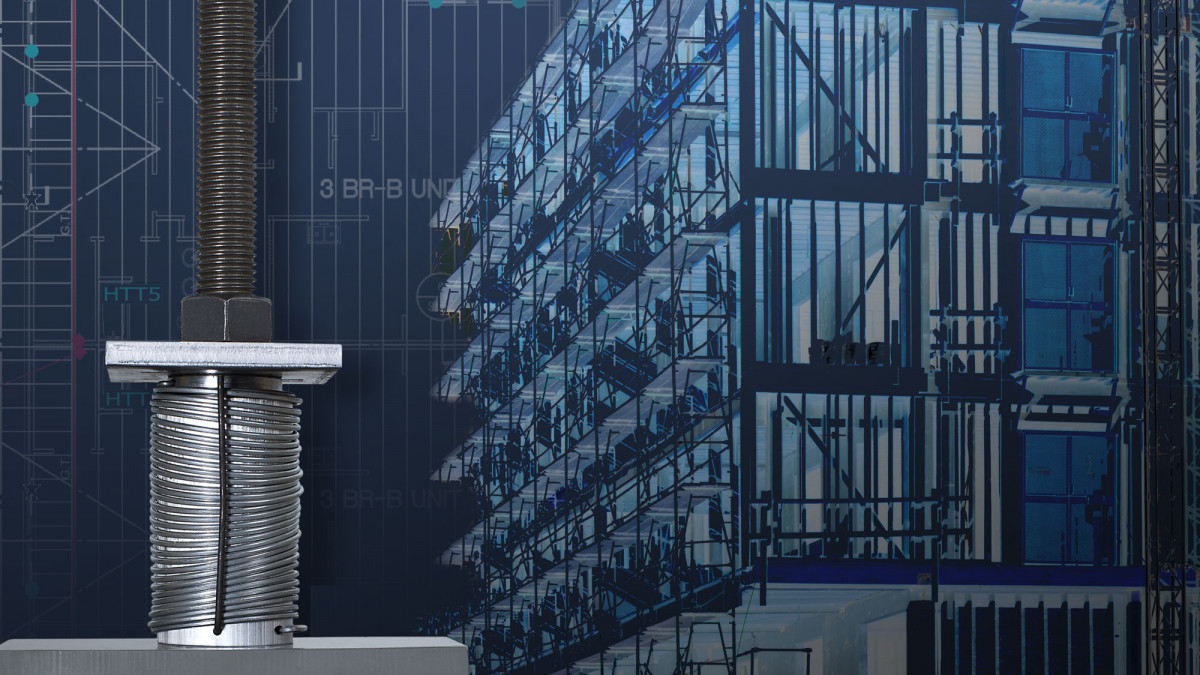
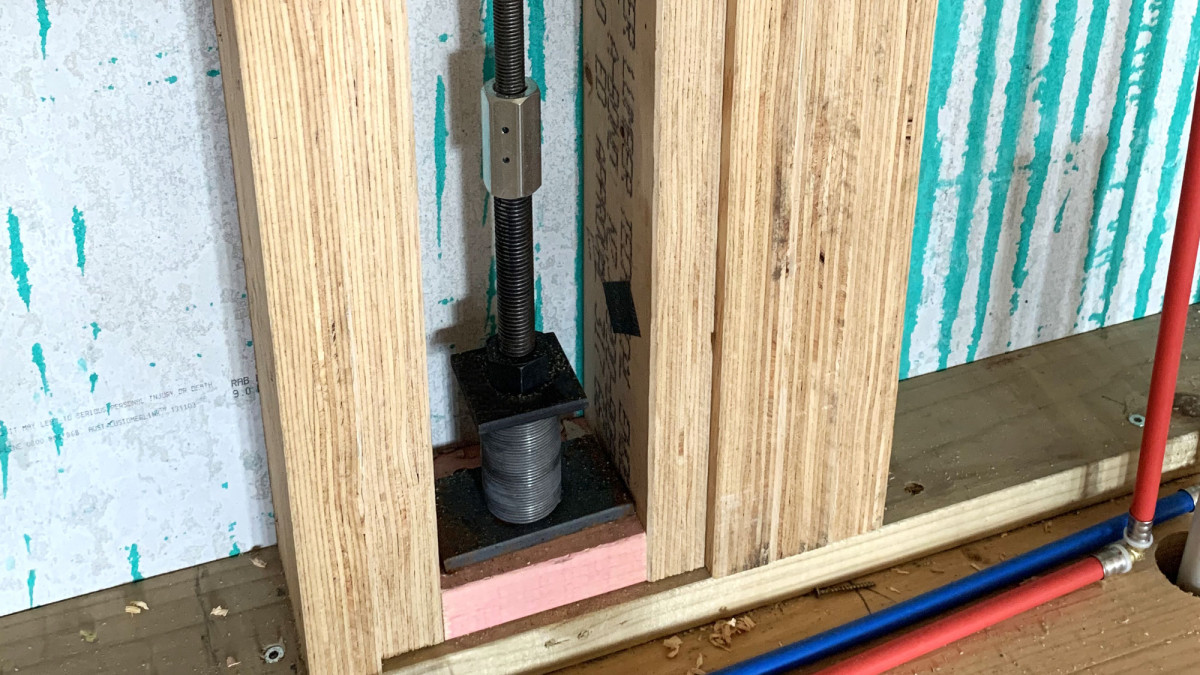
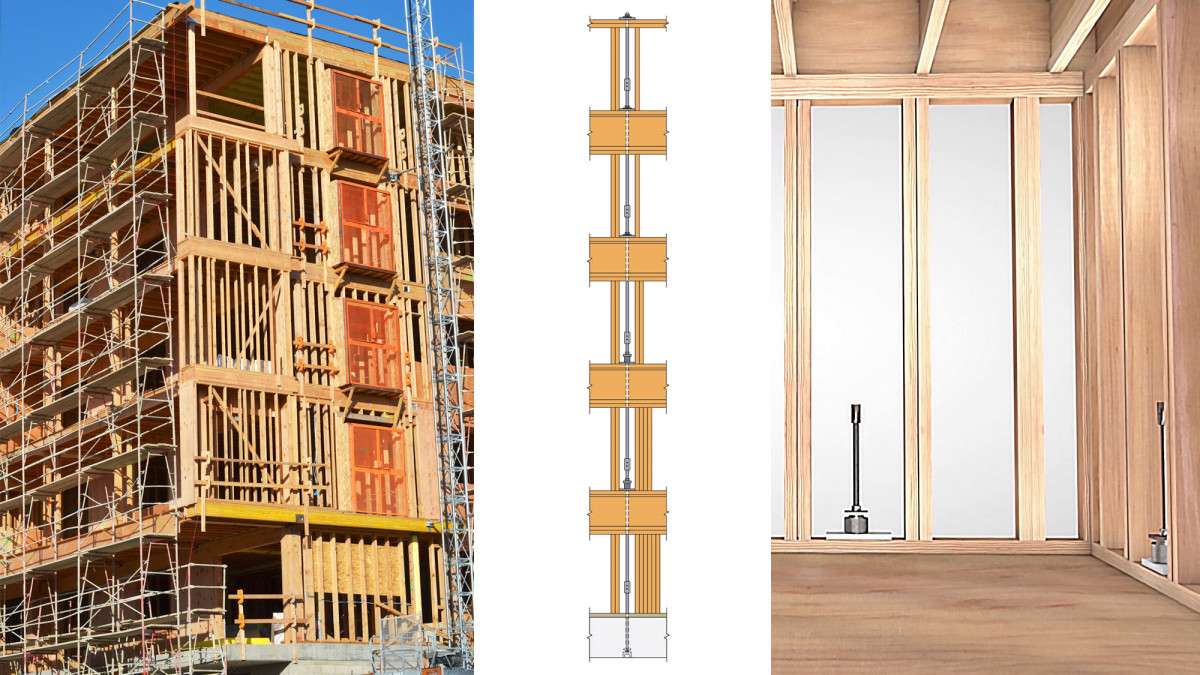


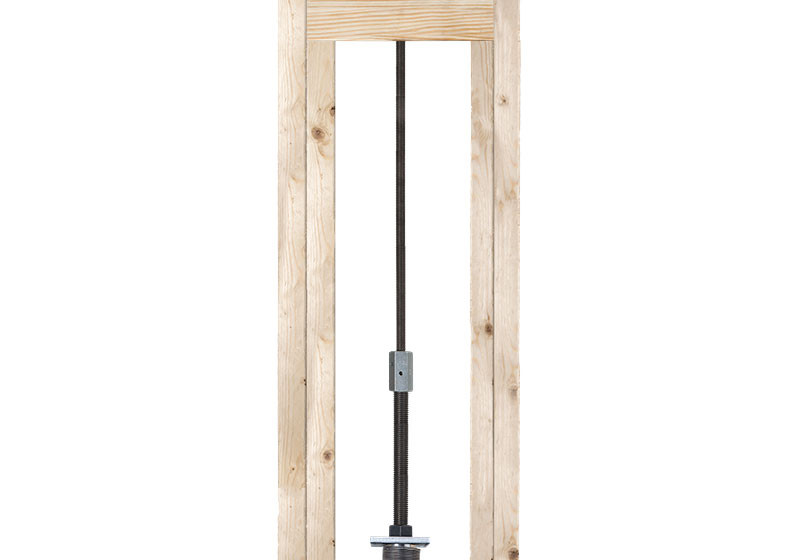

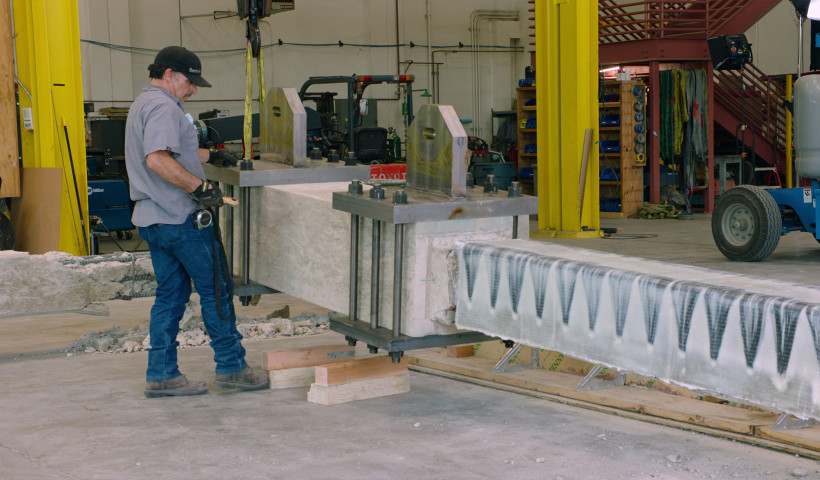
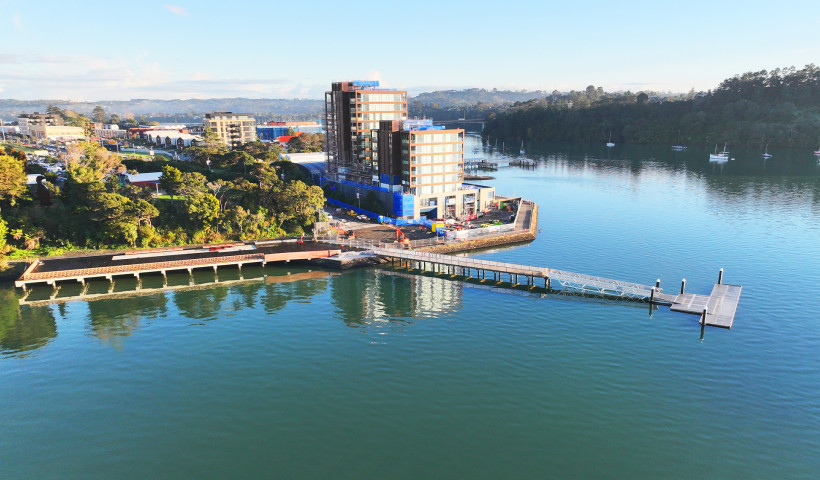
 Popular Products from Simpson Strong-Tie
Popular Products from Simpson Strong-Tie


 Most Popular
Most Popular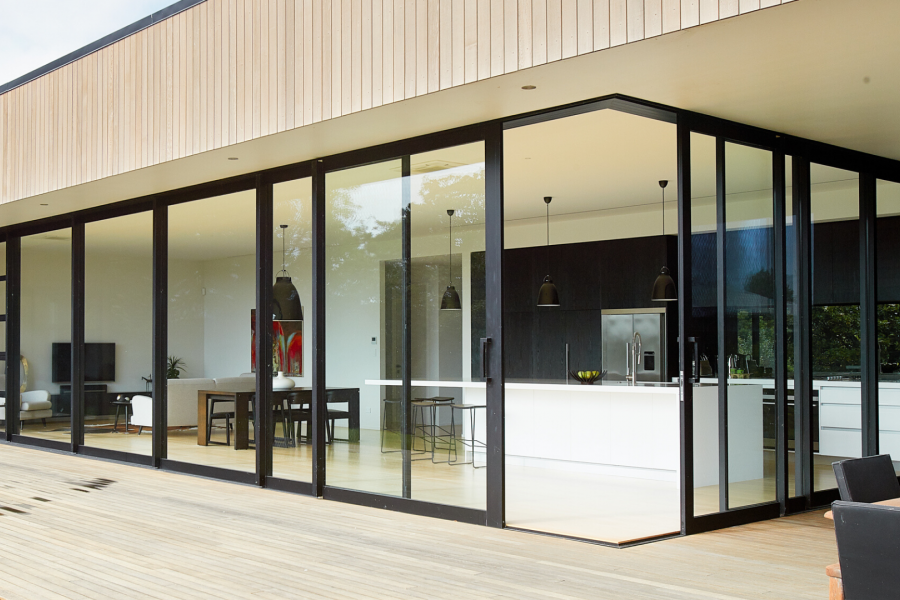
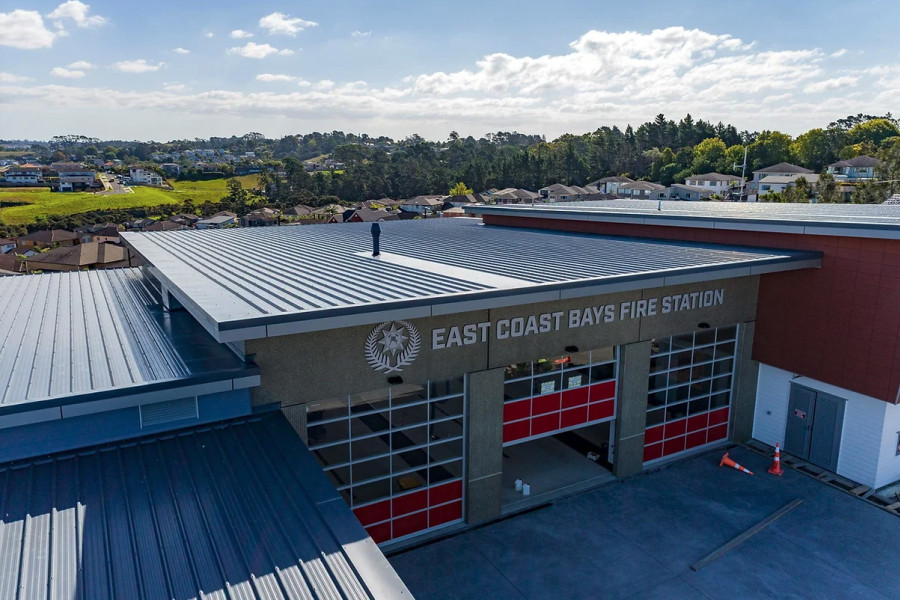
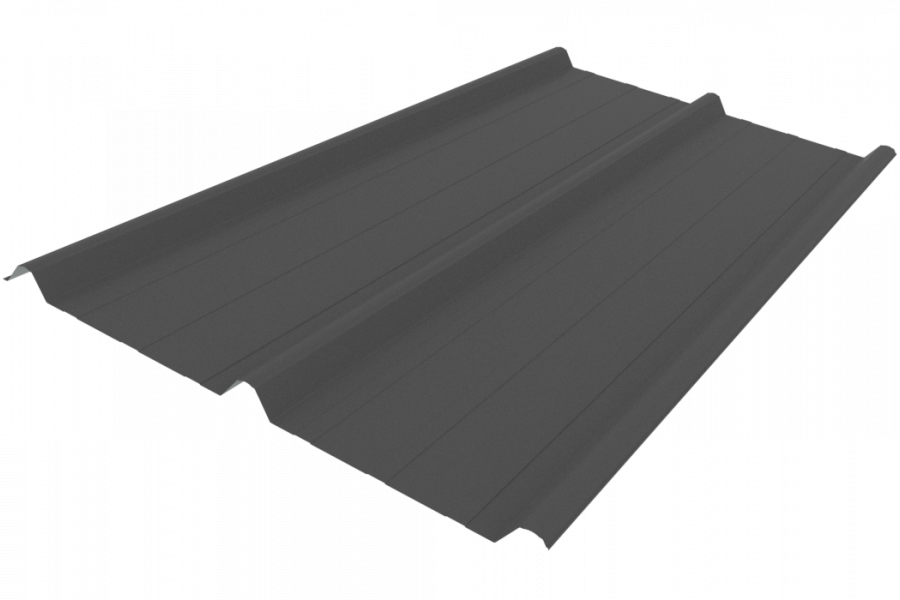
 Popular Blog Posts
Popular Blog Posts